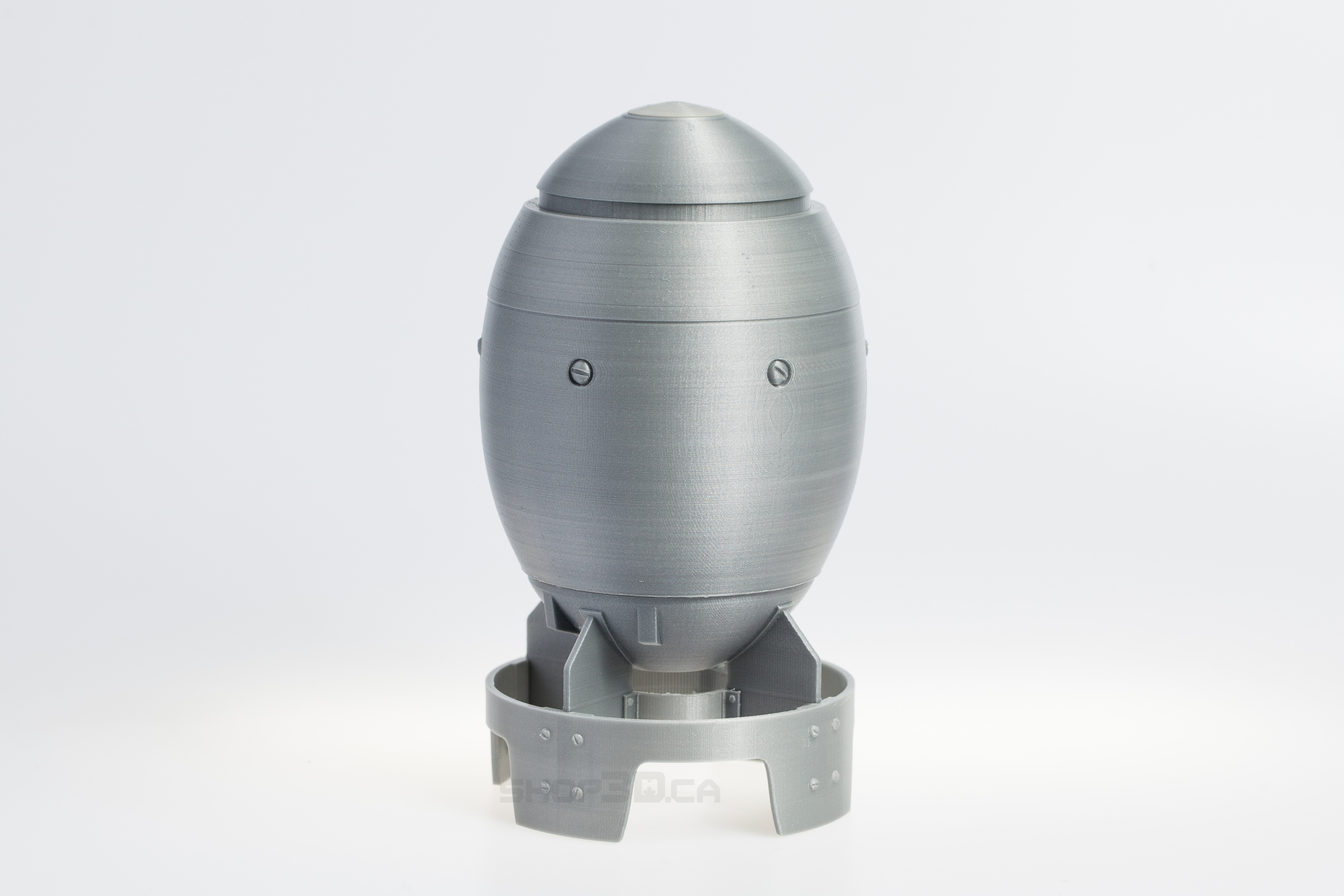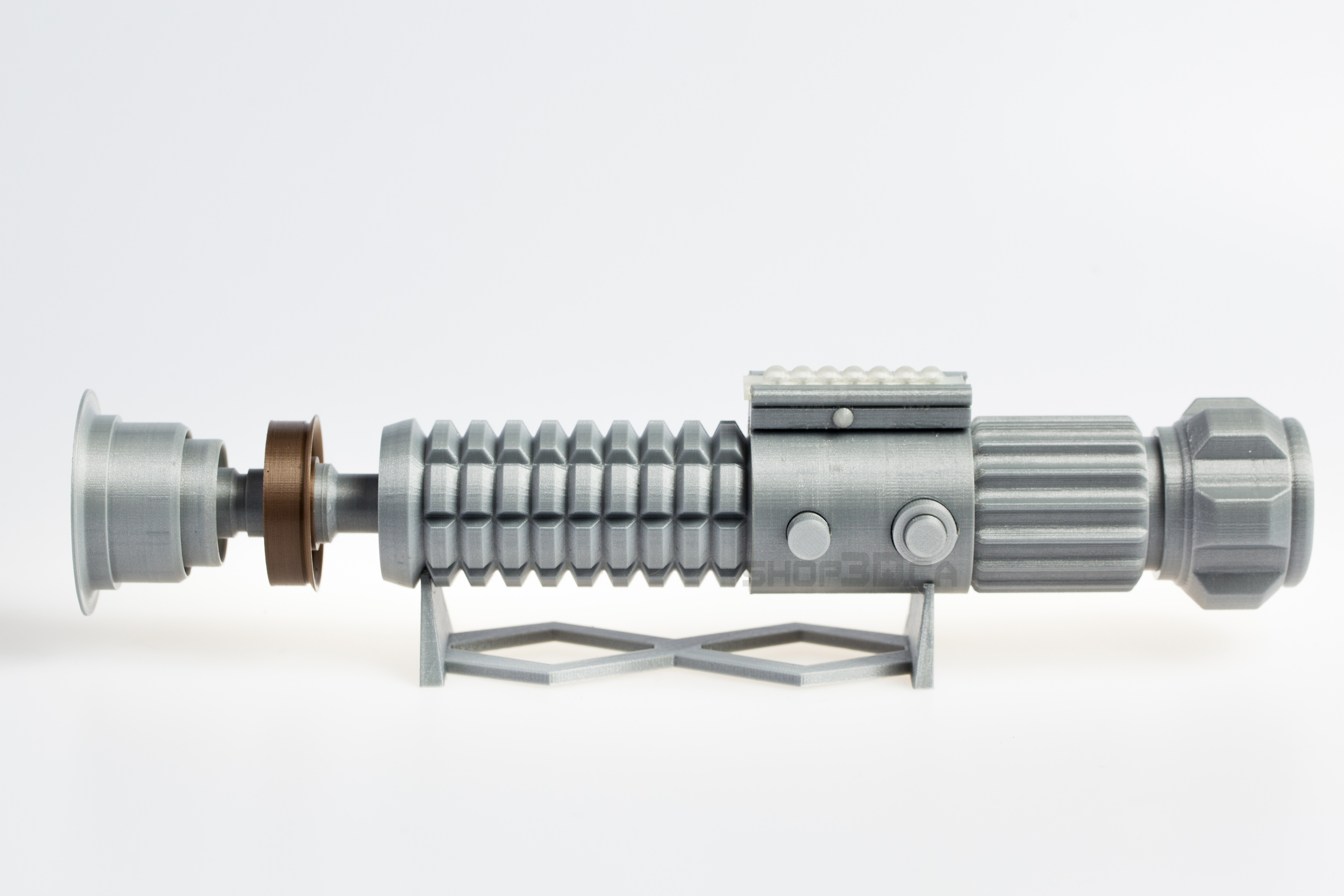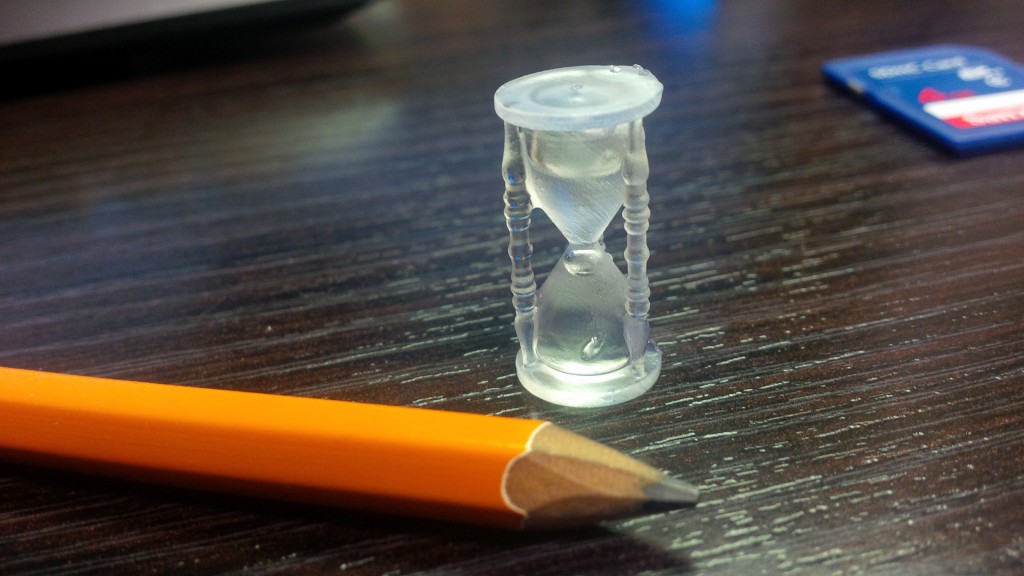QUOTE=Valcrow;3905414]If you're fearing tinkering FDM machines, building a DLP from a kit is many times worse IMO. While failures on FDM is well documented, DLP/SLA fails are much less so, but just just as prevalent, and there is less you can do to make it work if it does fail.
The majority of people talking about 3D printing online talks about issues because they're wanting to solve them. So there's a bit of a negative bias there. Those that are making stuff successfully post considerably less, especially those that use it for engineering and 'work' type scenarios.
It doesn't require 'luck' and it doesn't fail randomly (most of the time). It may appear to if you don't know what you're doing. But like every tool you need to learn how to use it and use it properly. When it's up and running It will generally treat you fine, if you design your parts well, they will come out successful 95% of the time. You can reliably predict where it can fail with a bit of experience and take steps to counter it. If you expect it to run like a 2D printer, you may be in for dissapointment.
Unlike an objet, neither DLP and FDM will be able to print any shape you throw at it. They all have their limitations. For example, a big flat bottom will surely cause failure in an SLA and tiny tall structures will likely fail in an FDM.
My one recommendation for a DLP machine if you have your heart set on it, to try the software first. This is a make or break point for how useful the machine will actually be. Formlabs has an amazing software suite. the rest I've seen are pretty dismal. If your software sucks, you will not want to use your printer.
Last thing to consider: Cleanup on DLP/SLA machines is mighty horrible. You will only ever want to do 1 cycle per day maximum because cleanup is just so crappy. whereas an FDM, you can do as many as it takes to fill the time. We plan our prints so that short prints happen in the day so we can set many, and then long ones over night. For SLA machines, it's once in the morning, cleanup at night and no more than that.
Lastly, FDM machines are good for some things, and SLA/DLP machines are good for a different set of things. Pick what's right for your task. If you're doing detailed masters, then I would tend to agree that SLA/DLP is a better option. But don't think of them as FDM vs SLA, they simply fill different roles.
Here is tiny hourglass I made on a formlabs yesterday for your comparison. It has liquid in it.
http://www.redicubricks.com/wp-cont...G_20160212_214703-e1455392525656-1024x576.jpg[/QUOTE]
Thanks for the input. That hour glass look pretty cool.







